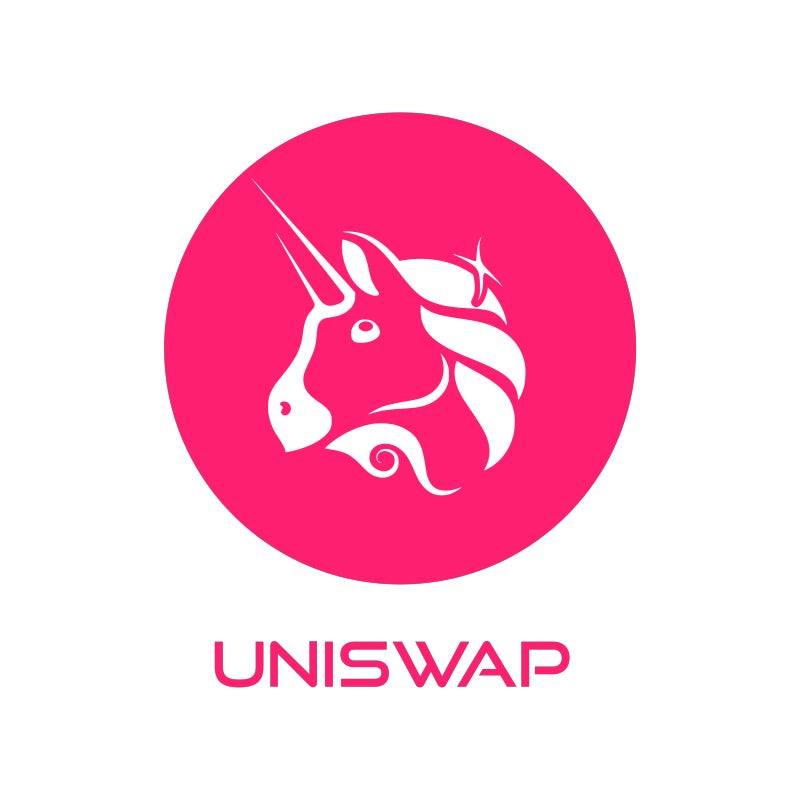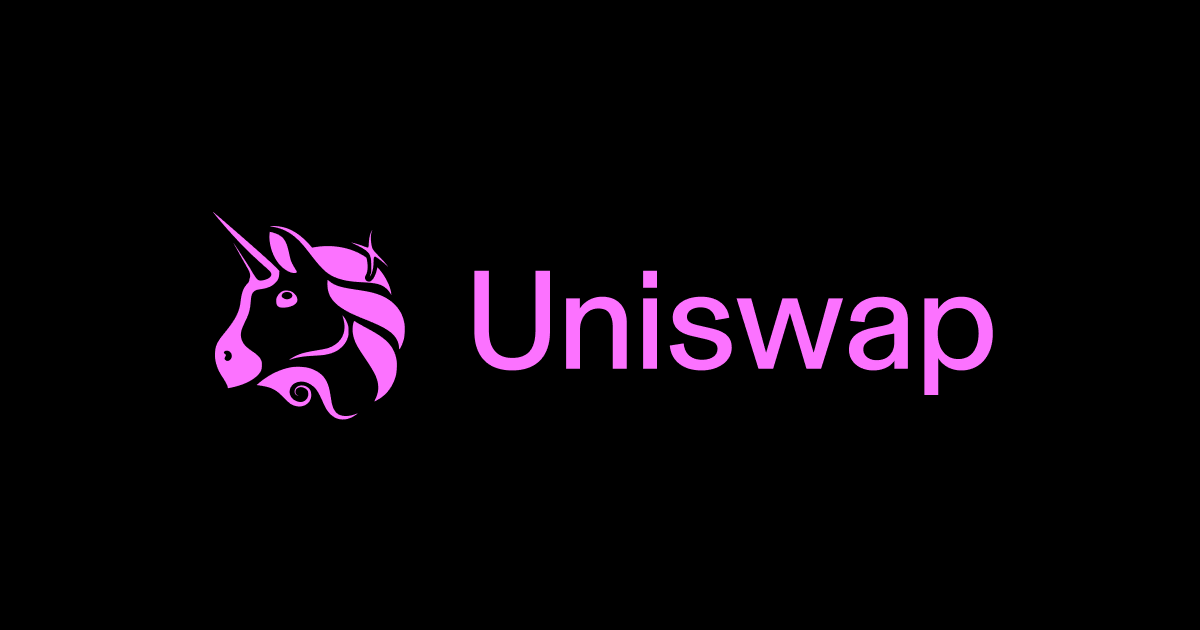Uniswap Evolution: From V1 to V3
Author: Abbie Pacheco

The evolution of Uniswap has transformed decentralized finance, introducing advanced features that optimize liquidity provision and trading efficiency. From Version 1 to Uniswap V3, the platform has undergone significant upgrades, enhancing its automated market maker (AMM) mechanism and liquidity management.
Uniswap V1: The Foundation
Uniswap V1 introduced the liquidity pool model, allowing users to trade assets without intermediaries. Each pool contained two tokens, and prices were determined algorithmically. However, liquidity providers (LPs) earned fees but had to accept impermanent loss without much control over capital efficiency.
Uniswap V2: Improved Liquidity and Functionality
Uniswap V2 introduced direct token swaps, eliminating the reliance on ETH as an intermediary. It also enhanced security with price oracles, which protected against flash loan attacks. Additionally, LPs gained the ability to add liquidity in any token pair, making the system more versatile and efficient.
Uniswap V3: Precision and Capital Efficiency
The most revolutionary upgrade, Uniswap V3, introduced concentrated liquidity, allowing LPs to allocate funds within specific price ranges. This maximized capital efficiency, ensuring that assets were used more effectively. It also implemented multi-tier fee structures, giving LPs control over their earnings while reducing price slippage for traders.
How Uniswap Works

At its core, Uniswap operates on liquidity pools rather than traditional order books. Each pool maintains a ratio of two tokens, such as ETH and USDT. This balance determines the exchange rate between them.
For example, consider a pool with ETH and USDT in a 1:100 ratio. If a user swaps 1 ETH for 100 USDT, the pool balance adjusts, impacting token prices. The AMM formula ensures that when more ETH enters the pool, USDT becomes scarcer and more valuable, and vice versa.
Innovations in Uniswap V3
- Concentrated Liquidity – LPs can set price ranges, optimizing returns.
- Multi-Layer Pools – Customizable pools cater to different risk profiles.
- Flexible Fee Management – Variable fee tiers allow for dynamic revenue models.
The Future of Uniswap
With its innovative features, Uniswap continues to refine decentralized exchanges. By enhancing efficiency, flexibility, and liquidity incentives, it solidifies its role in the evolving DeFi ecosystem. Future iterations may further enhance scalability and interoperability, paving the way for even greater decentralization.
Popular Articles

